Exact Answer: 15 to 30 Minutes
CPVC stands for Chlorinated Polyvinyl Chloride. It is a thermoplastic pipe that is used for water transportation, distribution, and fire suppression. These kinds of pipes are environmentally friendly, as well as stay intact for a long time. Moreover, these pipes, as compared to others, are easy to get installed and be handled, and are very cost-effective, too.
CVPC pipes are suitable for cold and hot water both and are resistant to many chemicals. Further, CVPC consists of such materials which do not burn without an external fuel supply. The availability of these pipes is in two dimensions, namely, “Schedule 40” and “Schedule 80.” The duration suggested to wait after gluing the pipes is about 15 to 30 minutes.
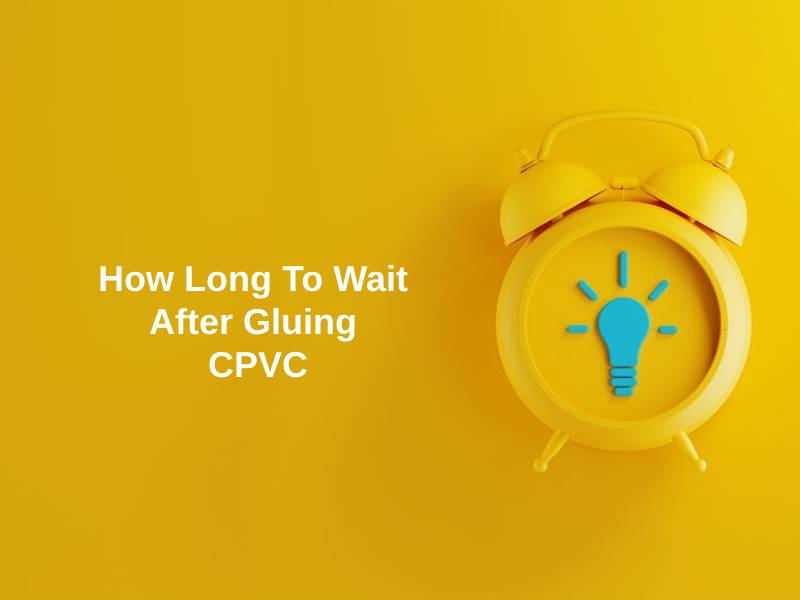
How Long To Wait After Gluing CPVC?
Usually, solvent cement is used to glue together the CPVC pipes as it acts as a glue between them and reduces any risks of leakage or failure of sticking the pipes. Generally, a thin coat is applied between the rims of the pipe and a slightly thicker coat is put on over the pipes to seal the grip.
The cure time for the CPVC pipes depends upon a lot of factors like the temperature or humidity of the region in which it is applied, the size of the pipes, how tight is the fitting required for the pipes, etc. The time for the pipes to cure could range from as little as 15 minutes to even 8 hours.
After applying the CPVC Glue, or CPVC Solvent Cement, the pipes must be held together for about 30 seconds for the glue or the cement between them to harden and bond the pipes together. It takes the pipes about 30 minutes to stick together. However, the time it takes to stick should not be mistaken with the time it takes for them to cure.
It takes about 1 hour for the pipes above 60 degrees Fahrenheit and near to 6 hours for the hot water pipes, which are below 60 degrees Fahrenheit. Hence, there should not be any water activity through the pipes until they have been cured fully. Otherwise, it might harm the bond or joint between them if the water reaches the cement before it has fully cured.
| Temperature Of Pipes | Time Taken To Cure |
| Above 60 Degree Fahrenheit | 1 Hour |
| Below 60 Degree Fahrenheit | 6 Hours |
Why Does It Take 15 To 30 Minutes To Wait After Gluing CPVC?
The CPVC pipes take 30 minutes to dry, but the drying time and the curing time are different. The pipes need to fully cure before the water can run through from them. If the water touches the CPVC cement and the CPVC glue before it has fully cured, there is a risk of damaged joins between the pipes and even leakages.
The curing time for the CPVC pipes depends upon a lot of factors, such as the temperature and humidity of the region it is put in, the size of the pipes, and the application they are used for, etc.
The size of the pipe affects the curing time in a way that the regular pipes cure faster as the cement used to join them together is less as compared to the heavily bodied pipes which take a longer duration to cure because of the amount of cement it incorporates to be joined.
The temperature and humidity also affect the time the pipes might take to cure, as the drier environment would have the cement drying off faster and securing the bond, whereas humid environments would have the pipes take longer to cure. Further, highly humid environments prevent the CPVC cement solvent to evaporate, and hence it takes them longer to cure.
Moreover, even the pressure of the water which would be running through the pipes also has a difference in the curing time as it affects the tightness with which the pipes are needed to be joined. For example, fire sprinklers need more water pressure and hence, they can take up to 10 days to cure.
Conclusion
CPVC stands for Chlorinated Polyvinyl Chloride, which is a thermoplastic pipe used for transporting or distributing water, and fire suppression. The CPVC Solvent Cement is used to glue or bond the pipes together as it prevents the risk of leakages. It takes the cement about 30 minutes to dry but the curing time differs from 15 minutes to 8 hours. The curing time of the pipes depends on a lot of factors including the size of the pipe, the application it would be used for, the water pressure or the tightness required in joining the pipes, as well as the temperature and humidity of the region it is placed in.
References
- https://www.ppfahome.org/page/CPVC#:~:text=Chlorinated%20Poly%20(Vinyl%20Chloride)%20(,industry%2C%20and%20fire%20suppression%20systems.
- https://www.hunker.com/12000340/how-long-must-i-wait-after-gluing-cpvc-pipe-before-turning-the-water-back-on
- https://www.corzan.com/blog/what-you-need-to-know-about-cpvc-solvent-cement-cure-times



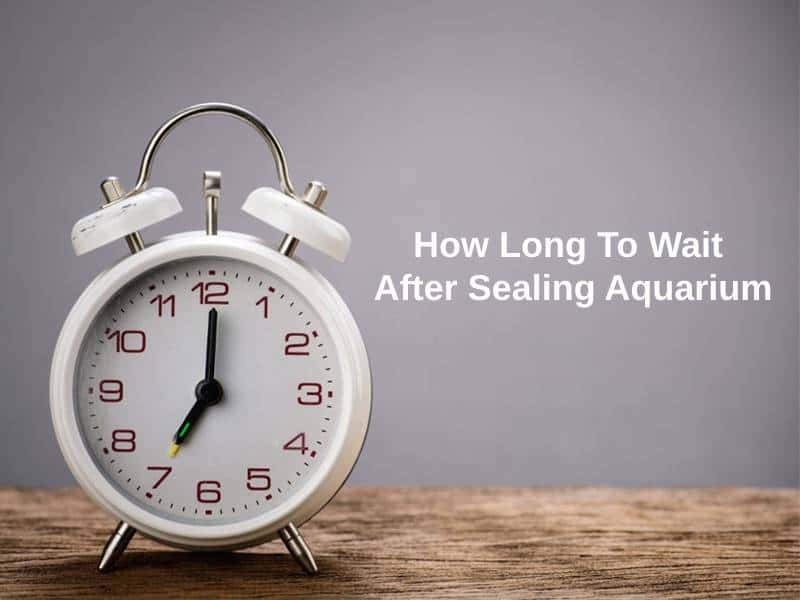

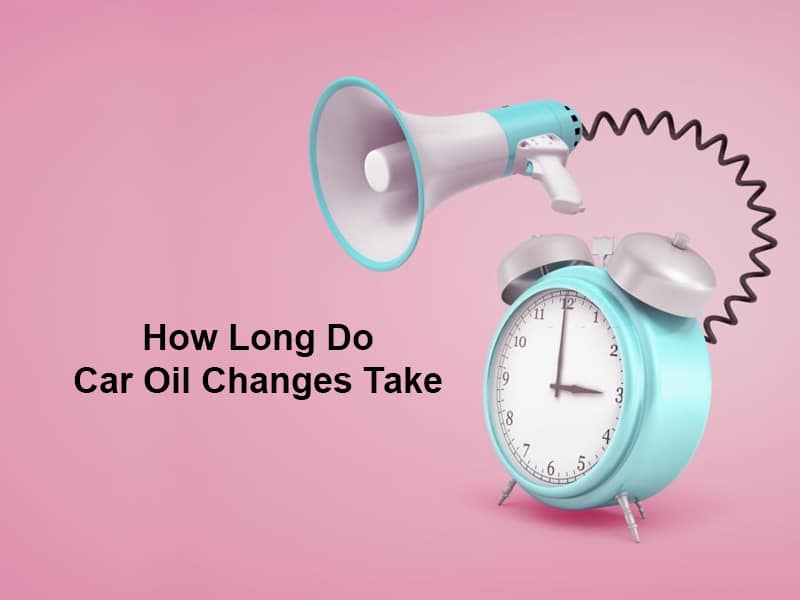
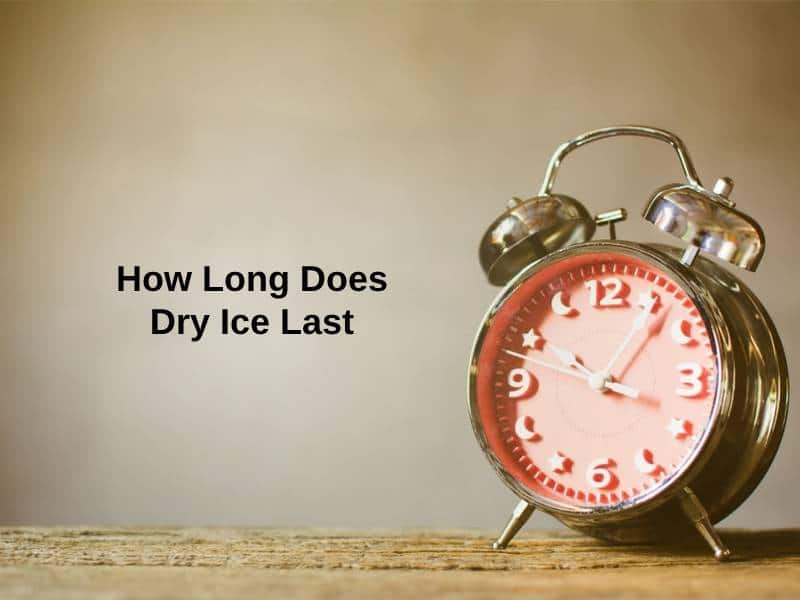

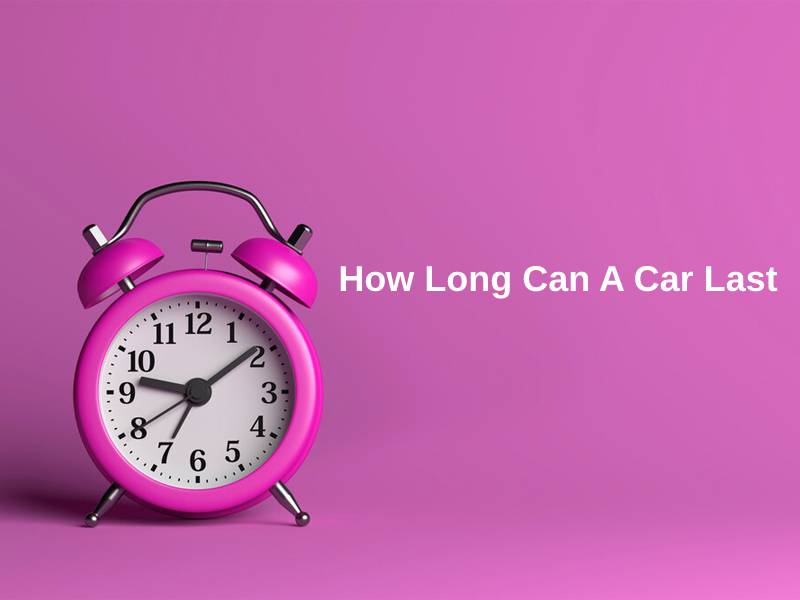
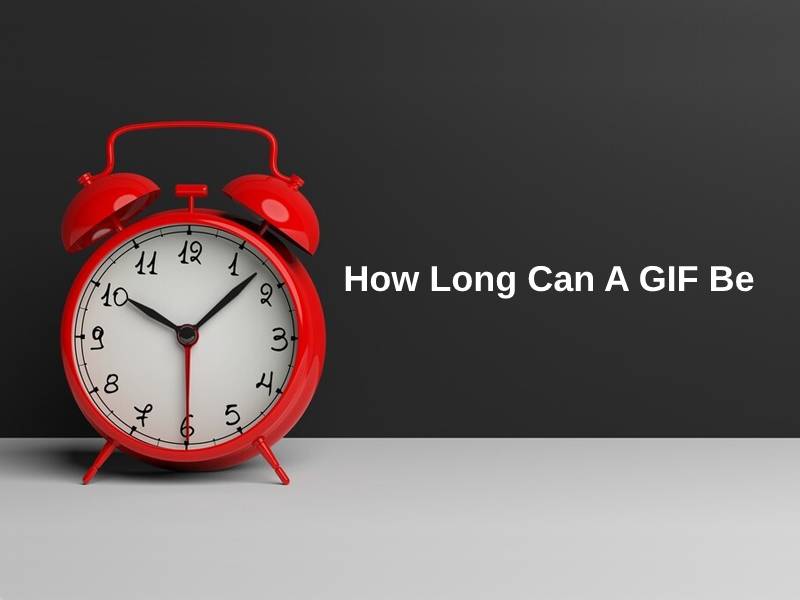
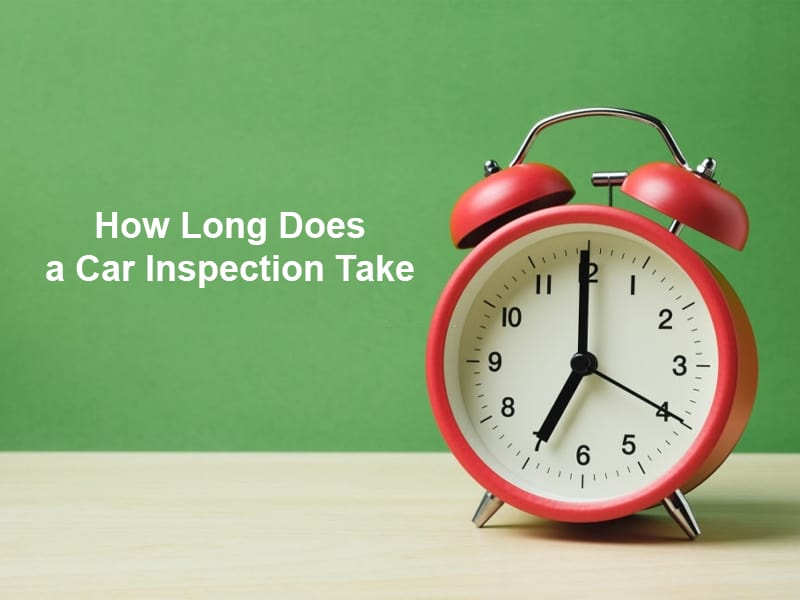
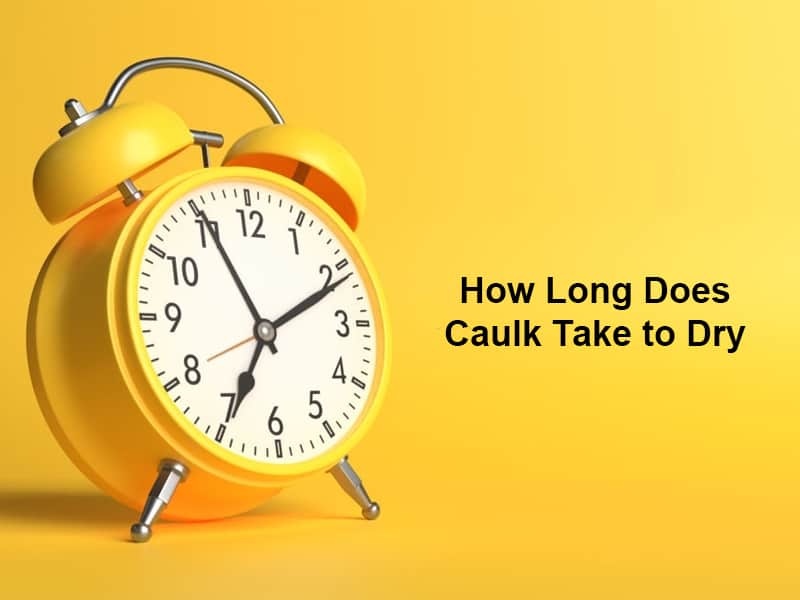
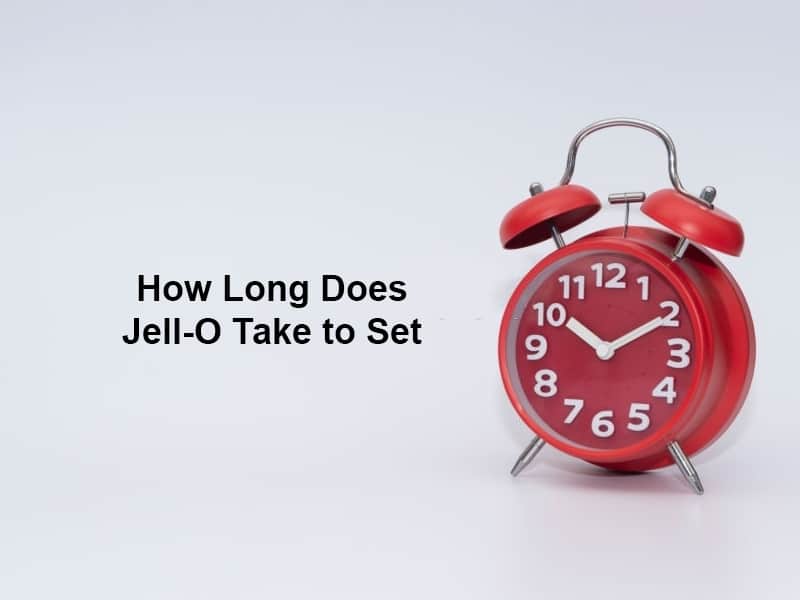
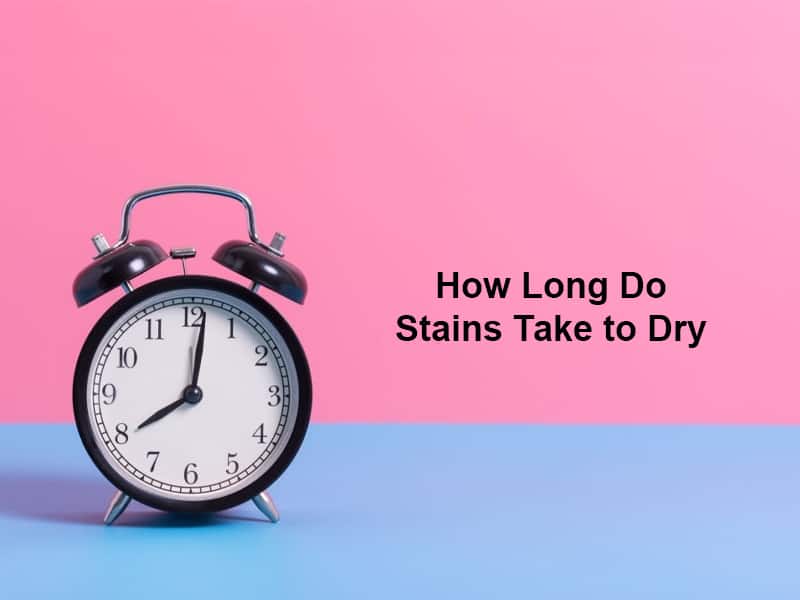

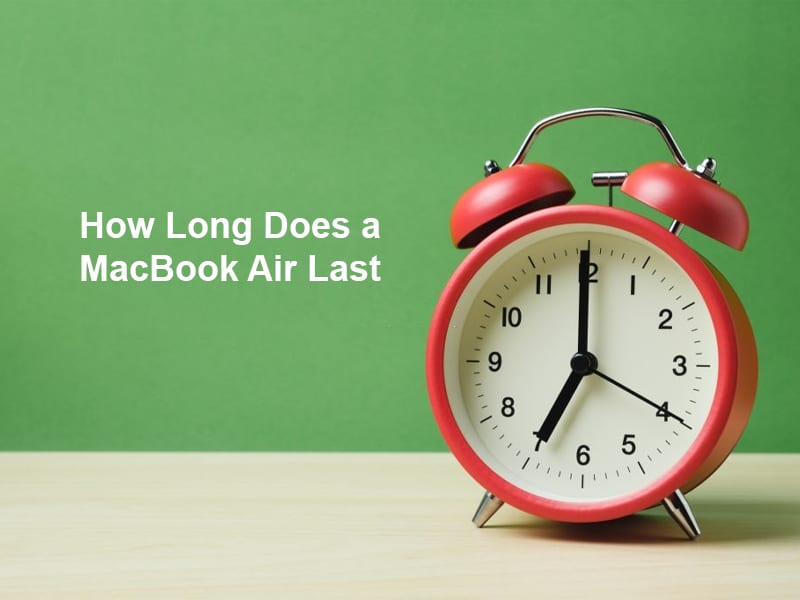
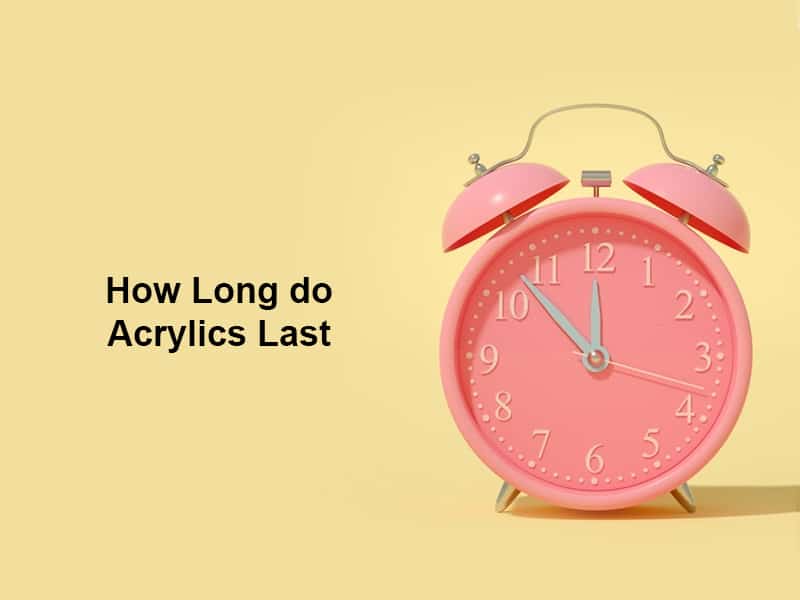
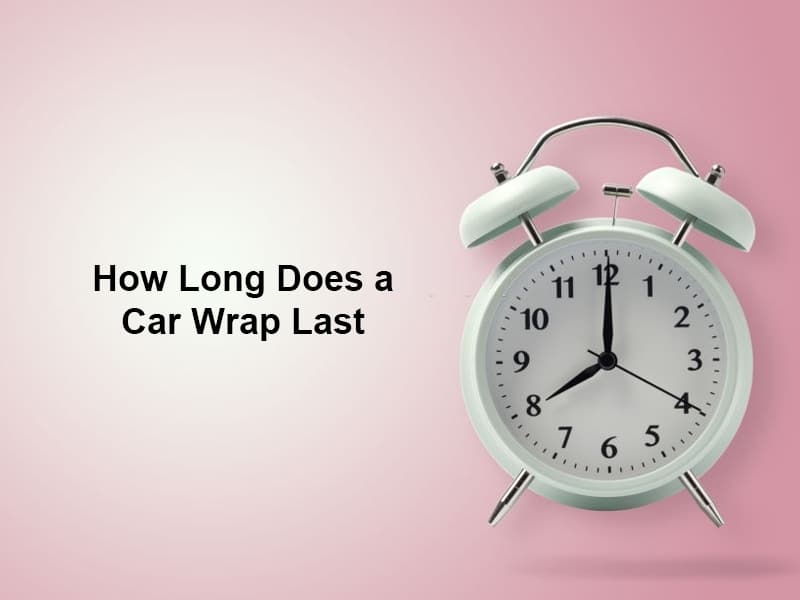
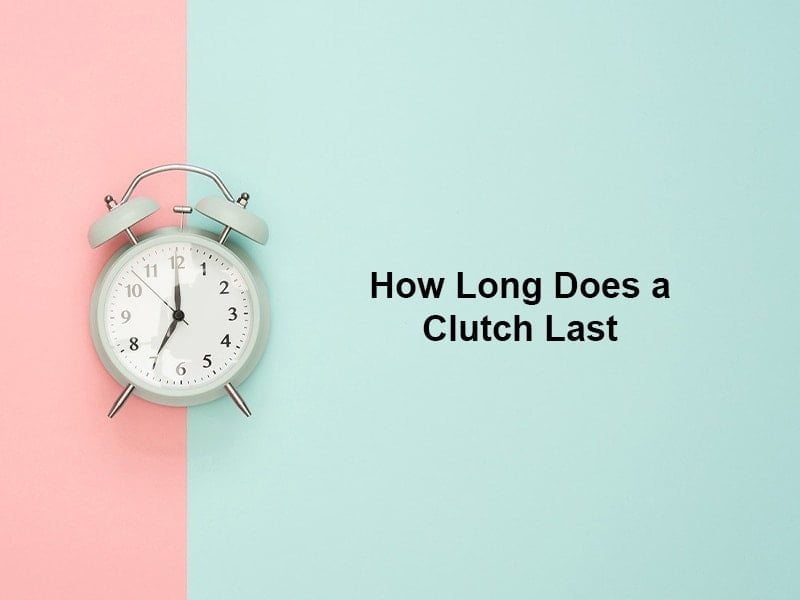
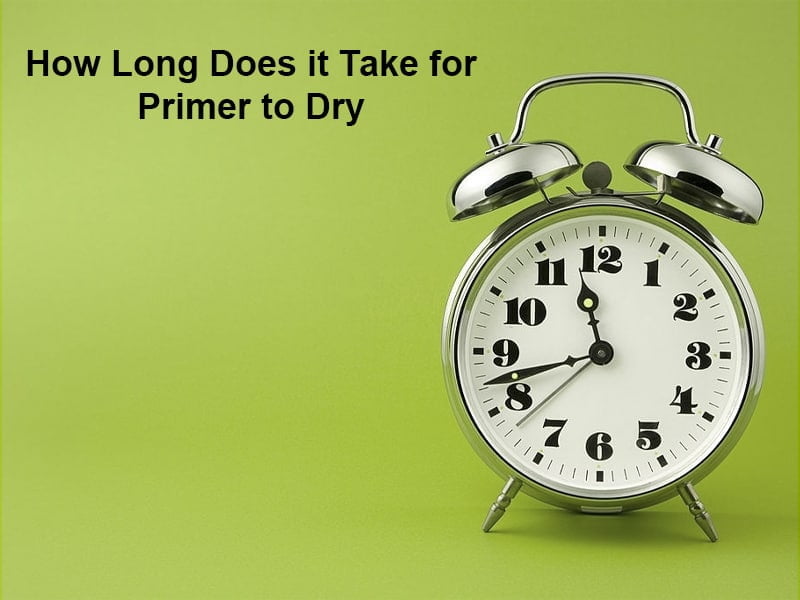
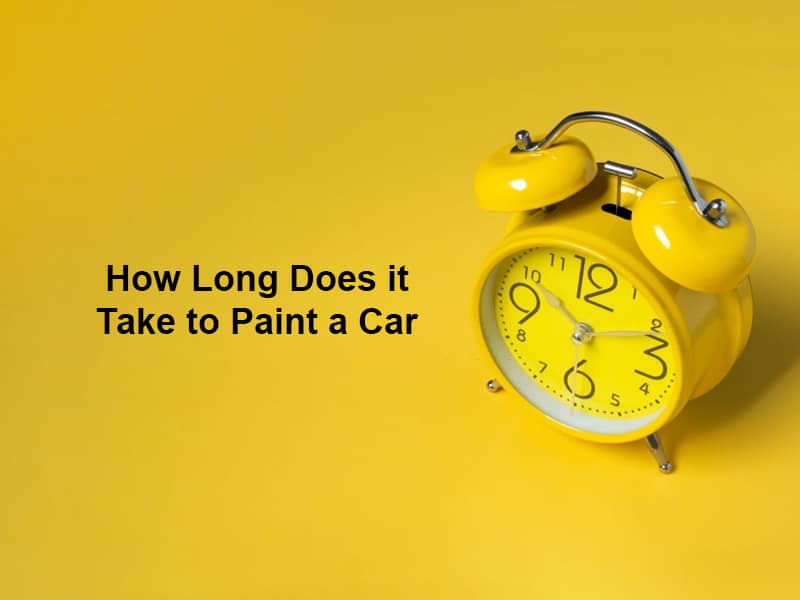
This article provides a comprehensive understanding of the factors affecting the curing time of CPVC pipes, delivering valuable insights for safe and effective installation practices.
The detailed explanation of why patience is crucial in allowing CPVC pipes to cure properly is truly enlightening. This article is a must-read for anyone working with CPVC pipes.
The in-depth explanation of why CPVC pipes require a specific curing time offers valuable clarity on the importance of patience during installation. It’s a well-structured and informative article.
I agree, this article effectively addresses the nuances of CPVC pipe installation, particularly regarding curing time. It’s a great resource for professionals in the field.
The article’s detailed analysis of the various factors impacting the curing time of CPVC pipes is both educational and practical. It offers valuable knowledge for professionals and enthusiasts alike.
I found the explanation about the pressure of water affecting curing time quite intriguing. It adds an extra layer of consideration to CPVC pipe installation.
The detailed information provided in this article is truly enlightening for anyone working with CPVC pipes. It’s essential to understand the factors influencing curing time for proper installation.
I couldn’t agree more. This article is a valuable resource for individuals involved in the installation and maintenance of CPVC pipes.
This article provides detailed and informative information about CPVC pipes and how long it takes for them to cure after gluing. The differences in curing time based on various factors such as temperature, humidity, and pipe size are well explained.
I agree, this article is very informative and well-researched. It’s important to understand the curing process of CPVC pipes for proper installation.
I found the explanation about the environmental benefits and ease of installation of CPVC pipes particularly interesting. It’s great to know that they are cost-effective and long-lasting.
The article effectively conveys the importance of allowing CPVC pipes to cure before water activity. It emphasizes the significance of patience and precision in the installation process.
The explanation about the environmental benefits and longevity of CPVC pipes is commendable. This article offers great insights into the subject.
The article’s thorough analysis of the curing process for CPVC pipes is both educational and practical. It provides a deeper understanding of the factors at play.
The article presents a comprehensive overview of CPVC pipes and the importance of allowing sufficient time for curing after gluing. It’s a well-researched and educational read.
I appreciate the clear explanation of why it’s necessary to wait for the pipes to fully cure before allowing water flow. This article is beneficial for anyone dealing with CPVC installation.
The information about the impact of water pressure on curing time is quite intriguing. It highlights the precision and care required for CPVC pipe installation.
The detailed explanation about the factors affecting the curing time of CPVC pipes is insightful. It’s important to consider these factors for the successful installation of the pipes.
The information about the temperature and humidity affecting the curing time of CPVC pipes is quite enlightening. It helps in making informed decisions during pipe installation.
Absolutely, understanding the curing time of CPVC pipes is crucial for ensuring the integrity of the pipe joints and preventing leakages. This article provides valuable knowledge on the subject.
This article offers an intellectually stimulating exploration of the curing time of CPVC pipes, providing crucial insights for successful pipe installation. It’s a well-researched and highly informative piece.
I appreciate the holistic understanding of why patience is key in allowing CPVC pipes to cure thoroughly. The article provides vital information for anyone in the field.
The article’s thorough analysis of the factors influencing the curing time of CPVC pipes is commendable. It’s a great resource for those seeking in-depth knowledge on the subject.
This article serves as a knowledge-rich guide to the curing time of CPVC pipes, providing essential details for safe and effective installation. It’s a valuable resource for professionals and DIY enthusiasts alike.
The article’s insights into the impact of environmental factors on curing time are thought-provoking. It encourages a more nuanced approach to CPVC pipe installation.
I appreciate the article’s clear explanation of why patience is crucial in allowing CPVC pipes to cure properly. The emphasis on understanding the factors impacting curing time is highly informative.